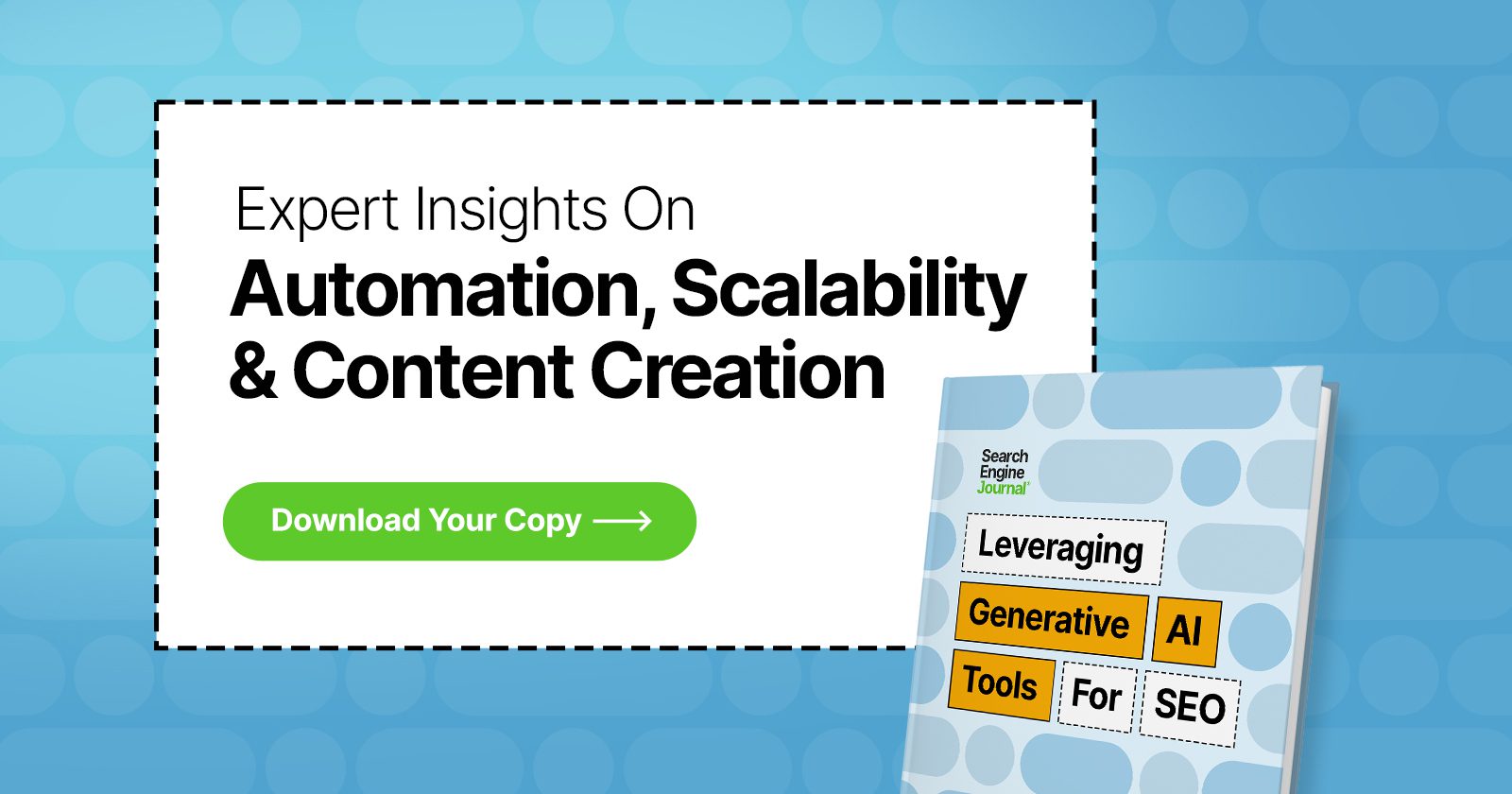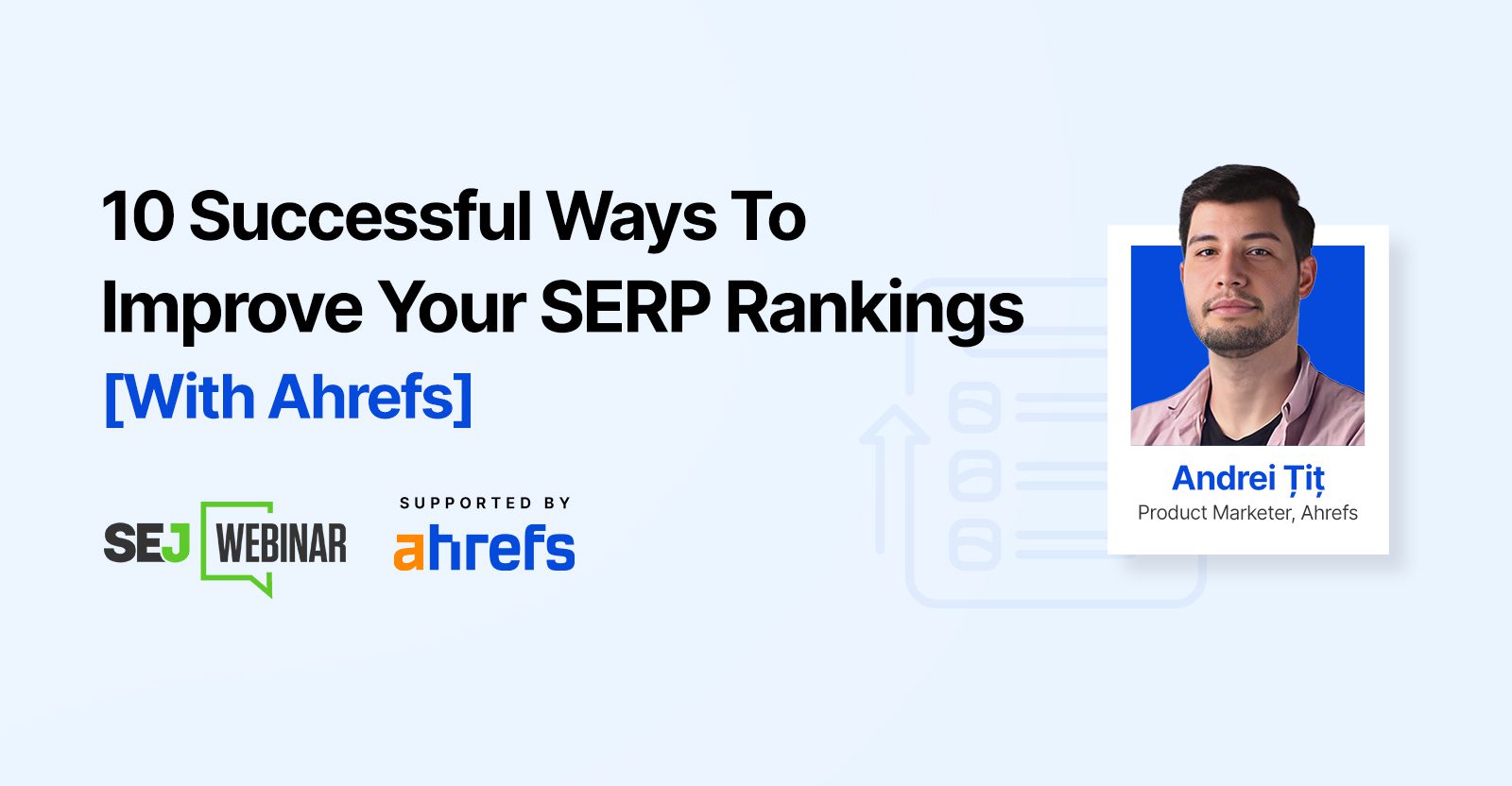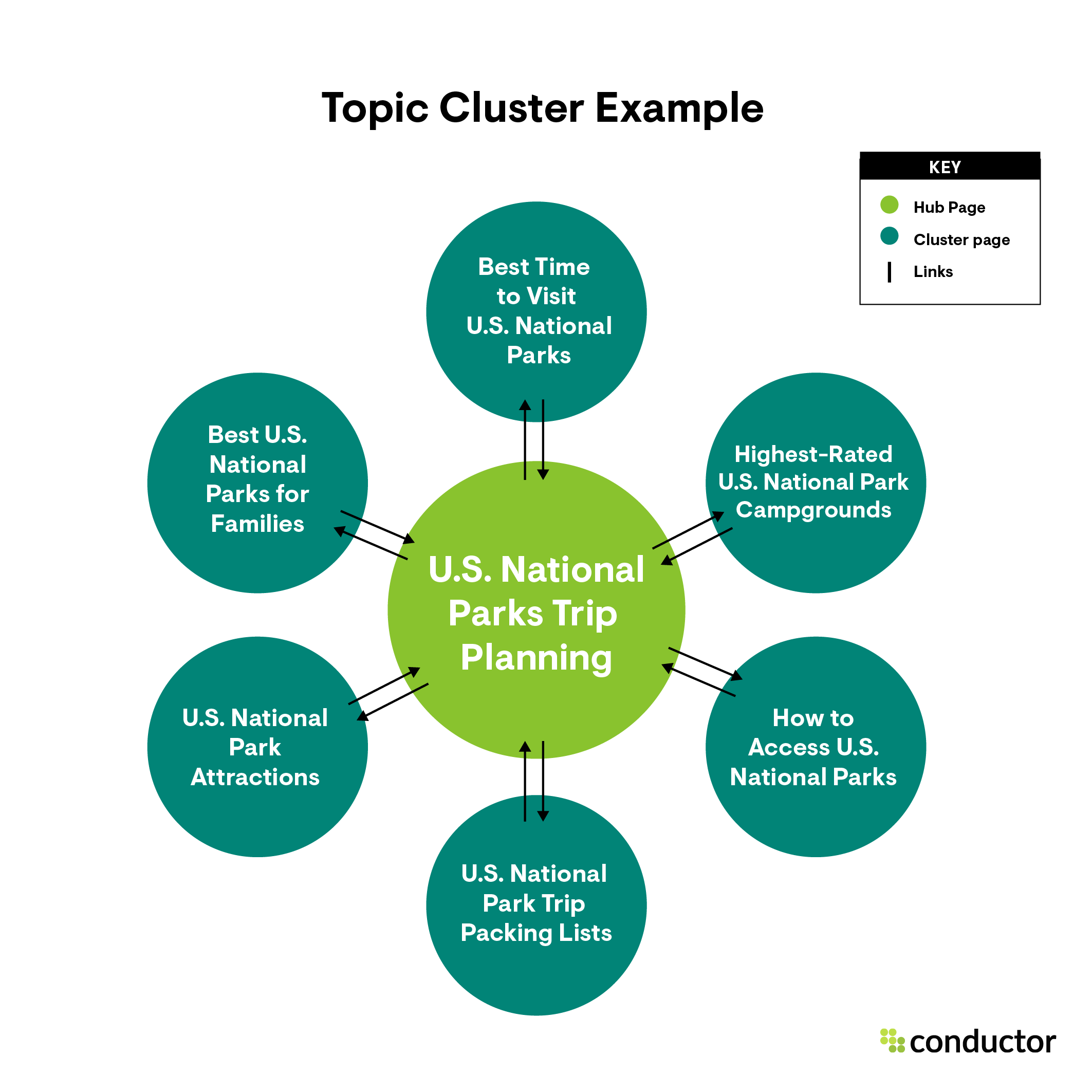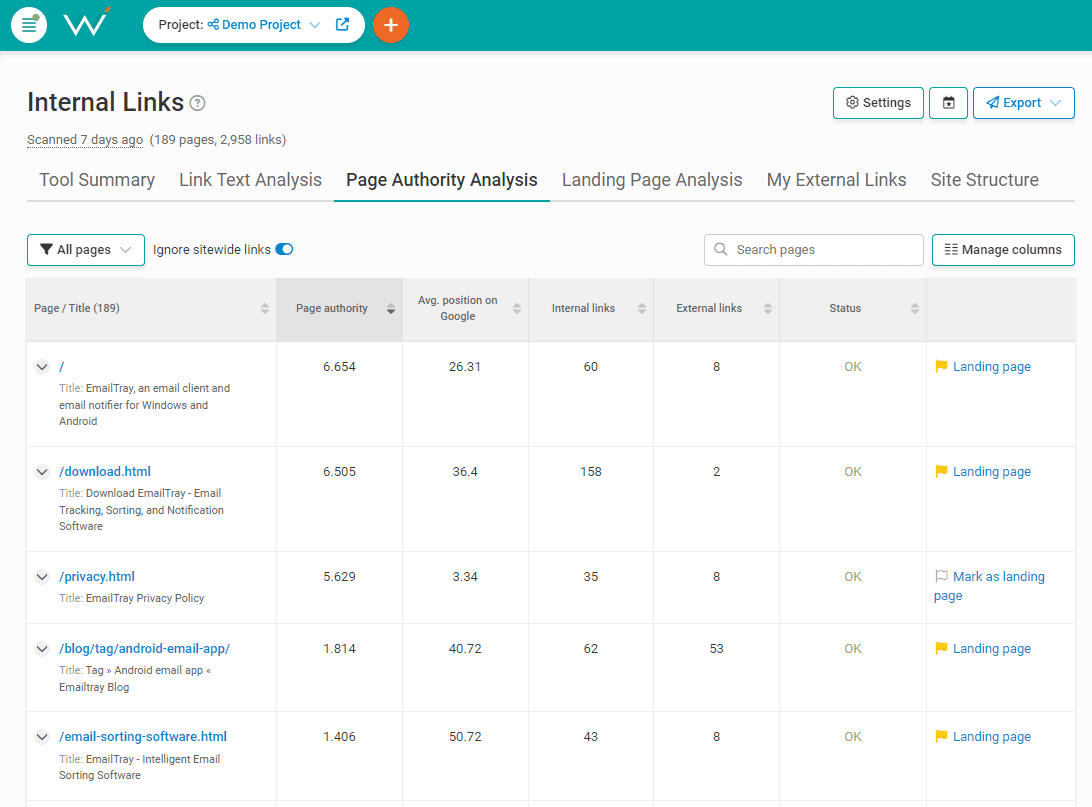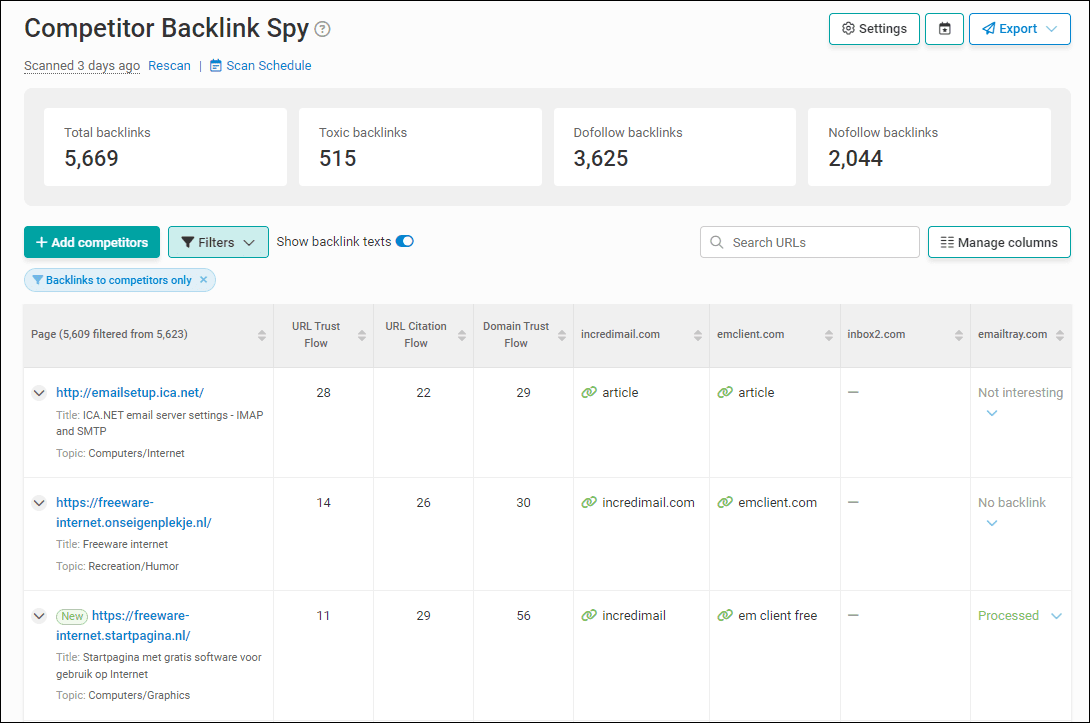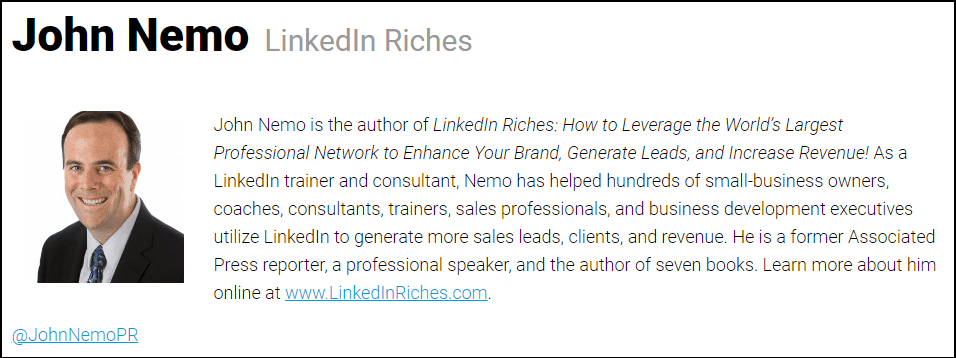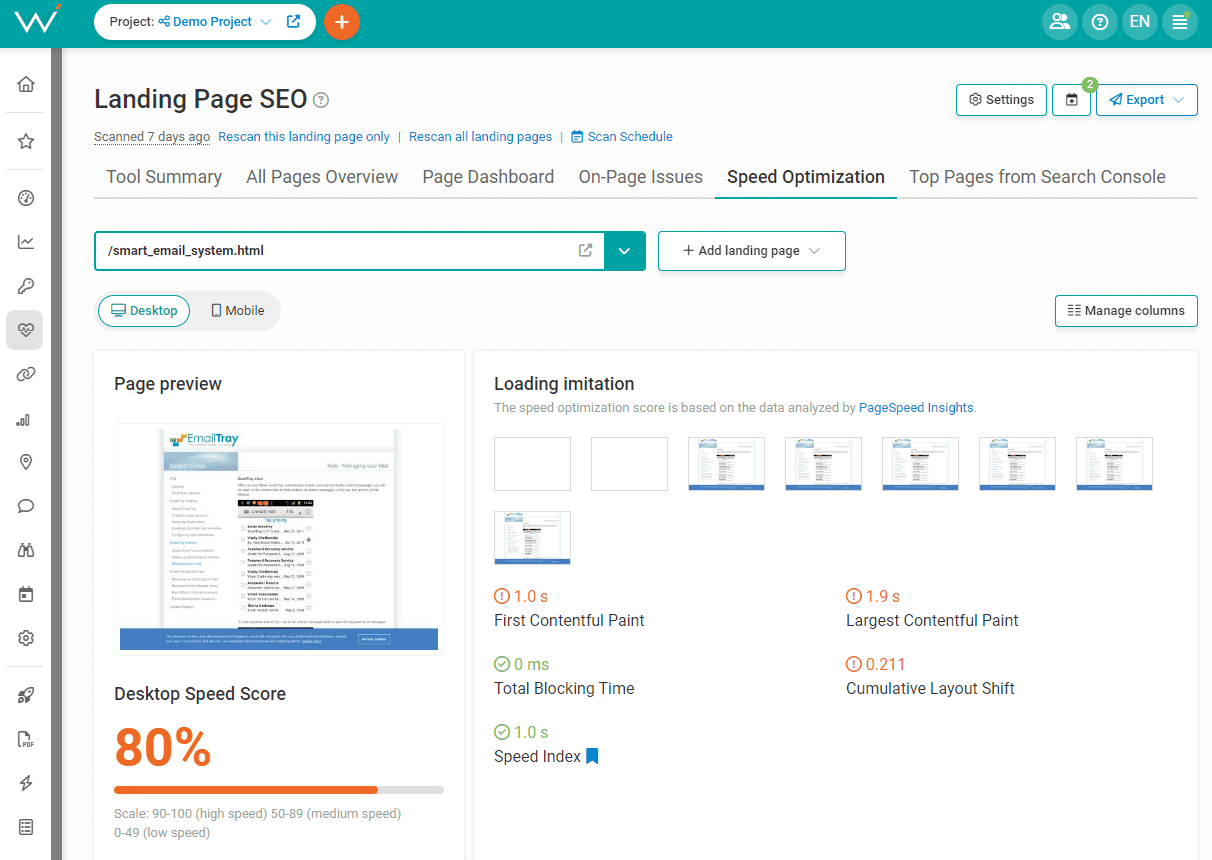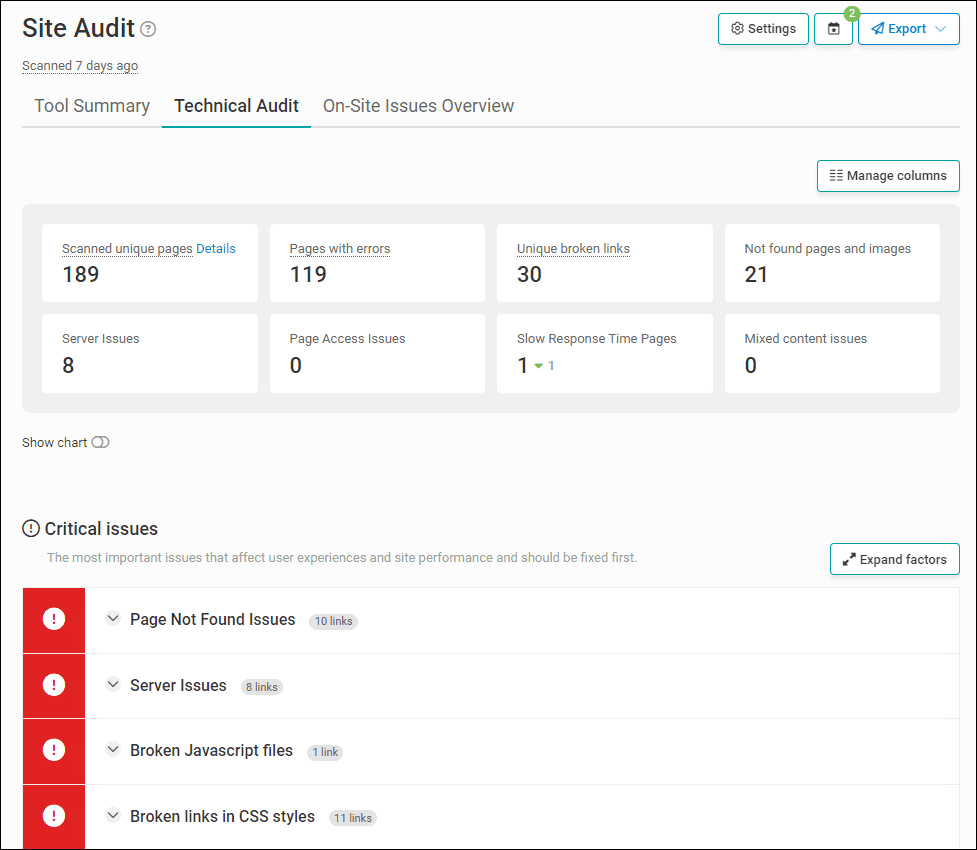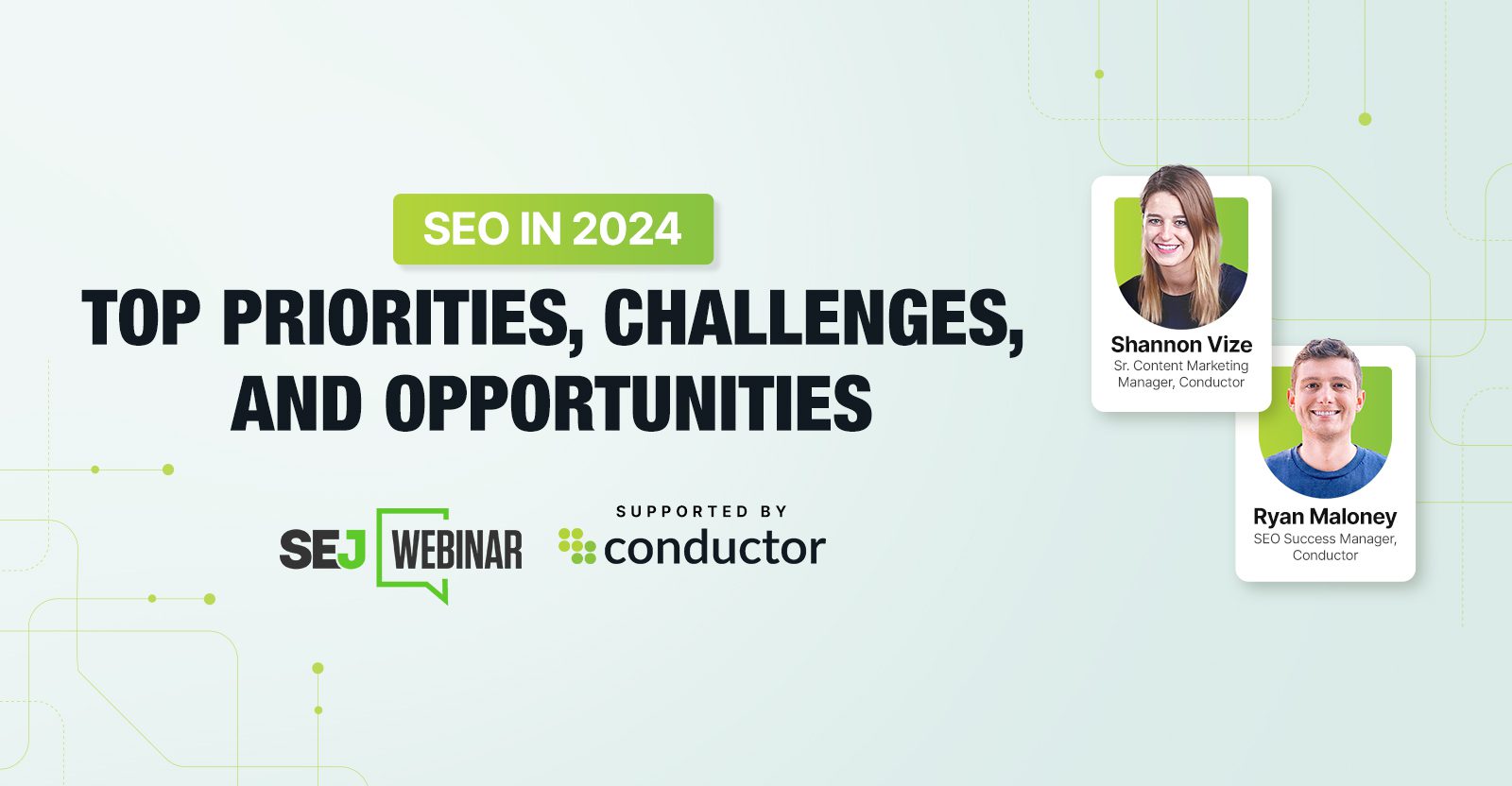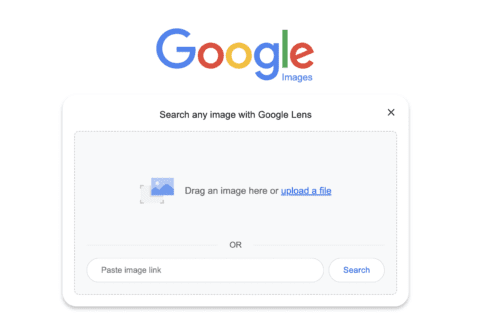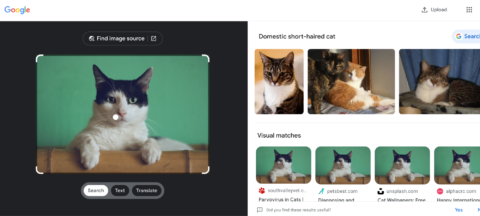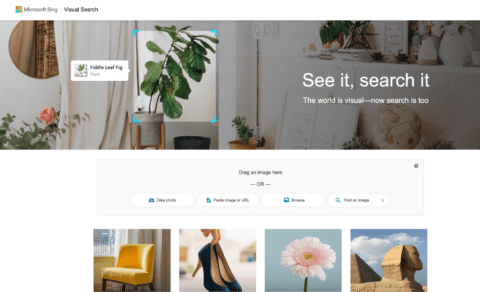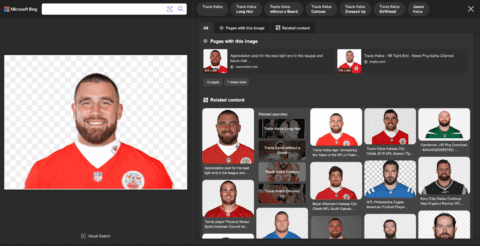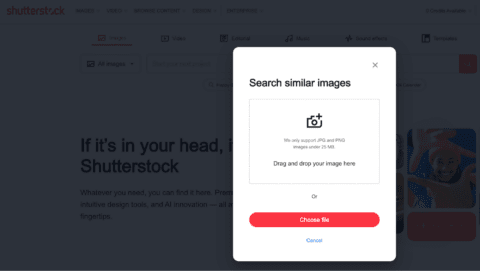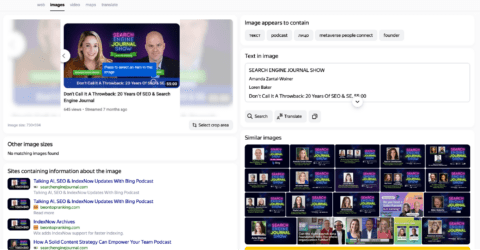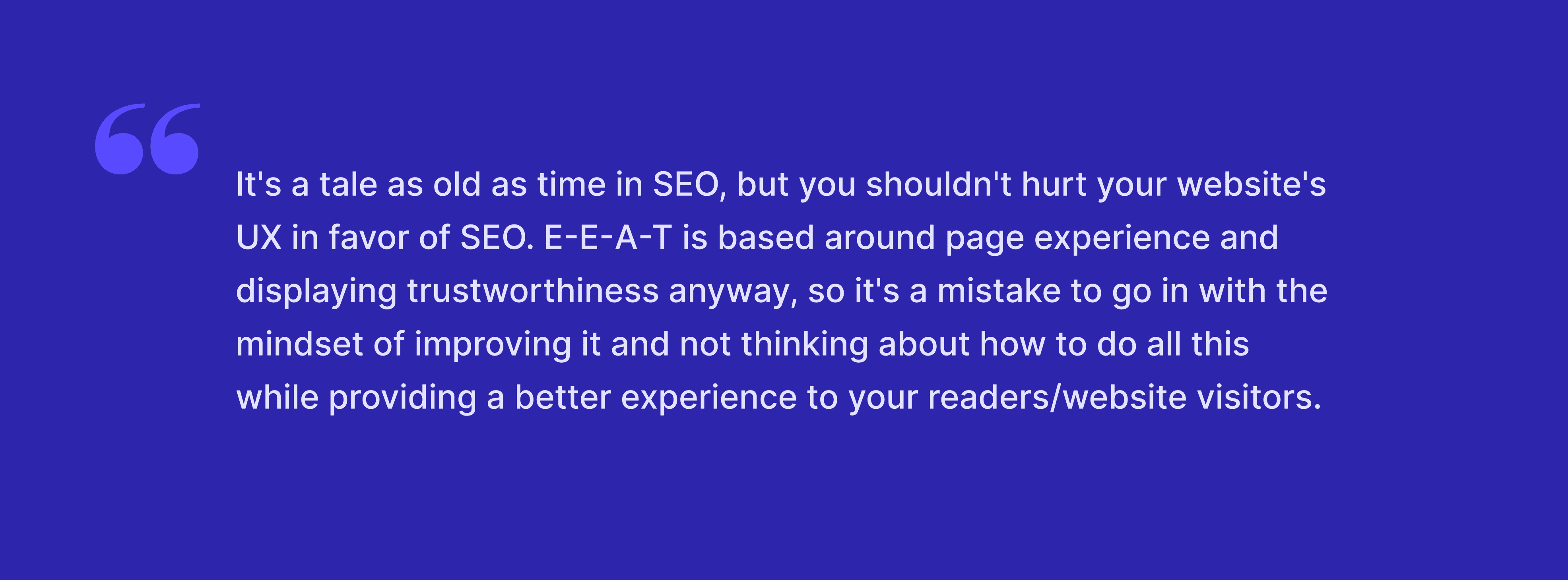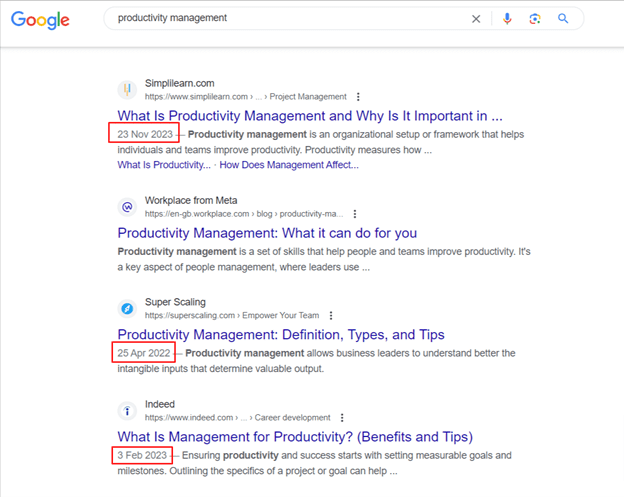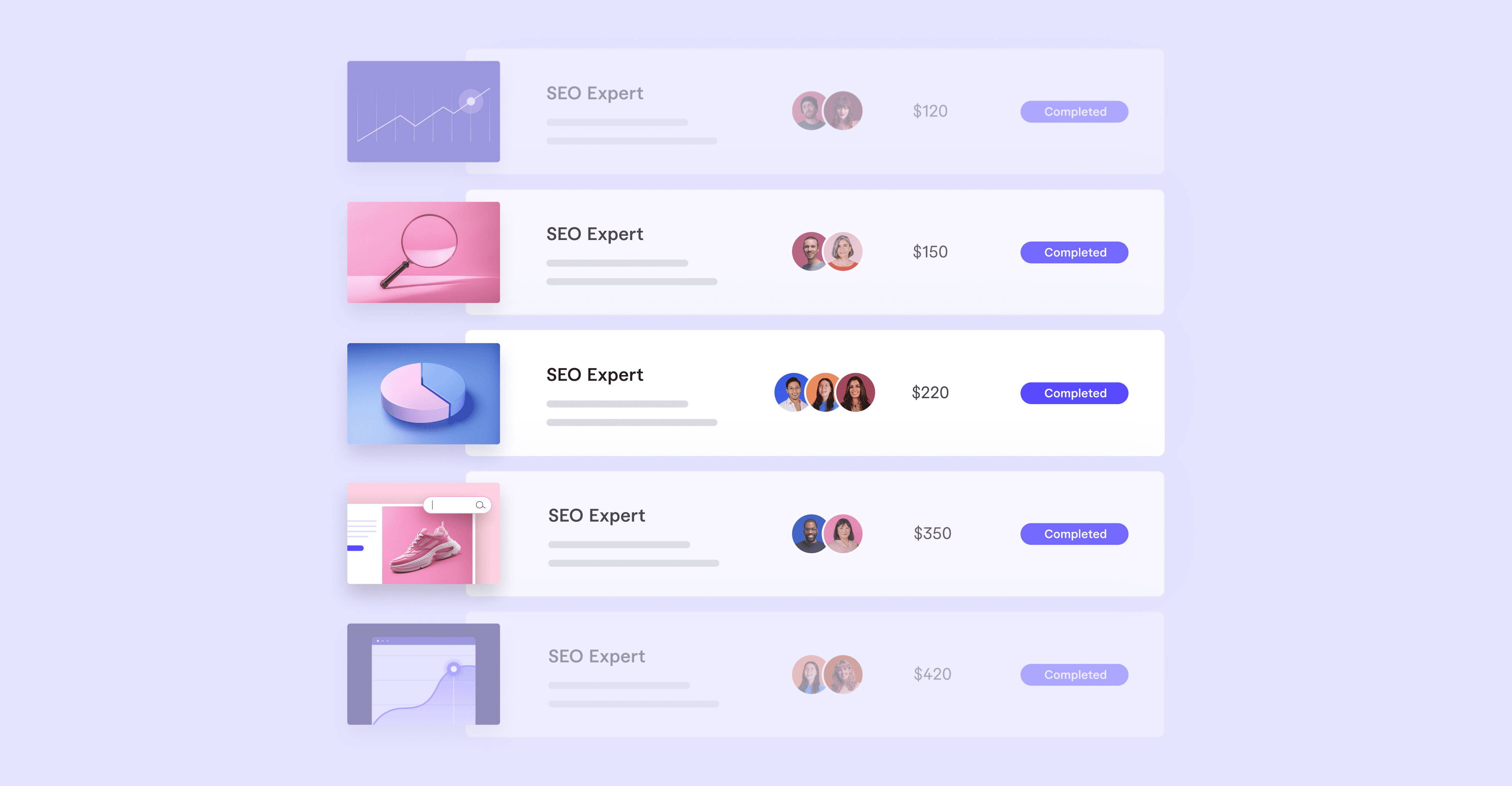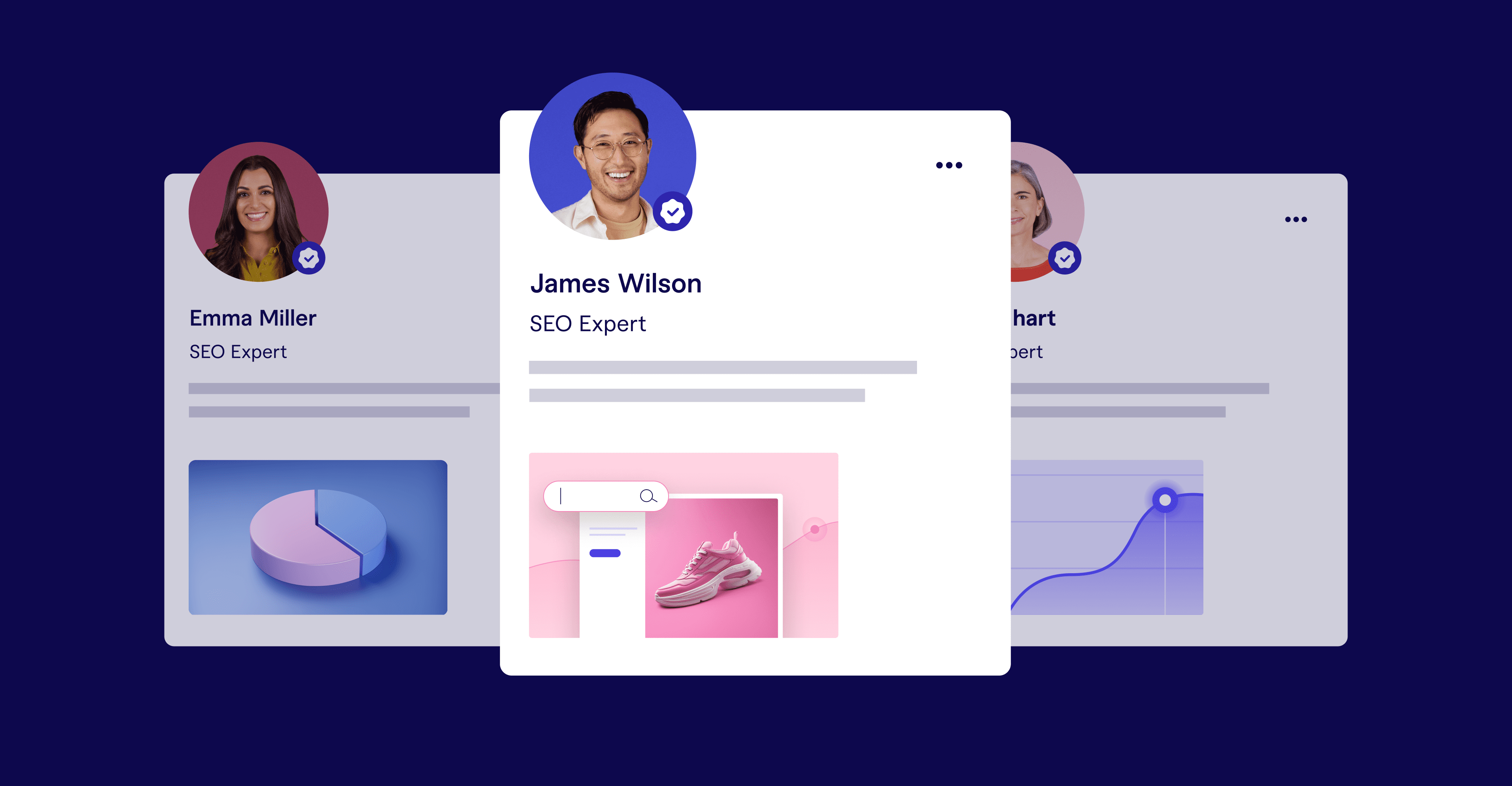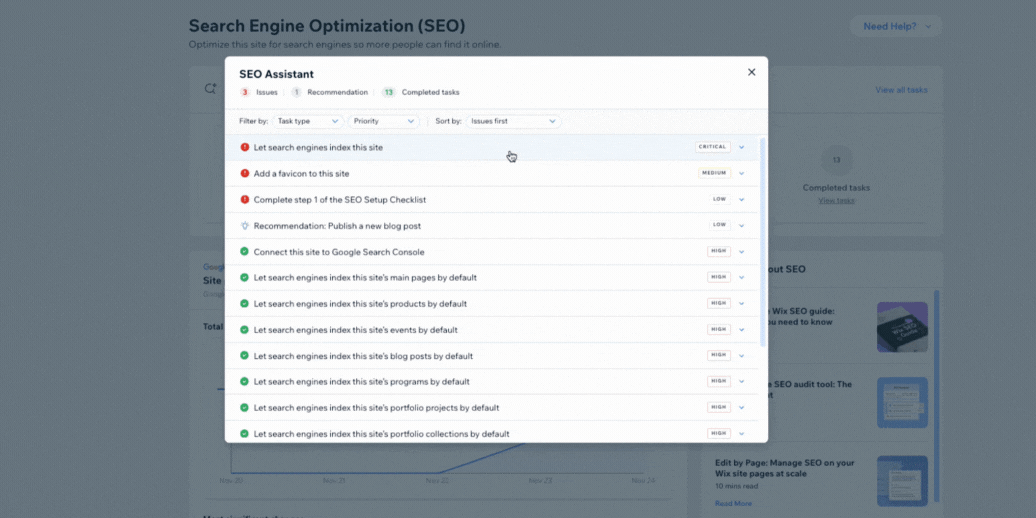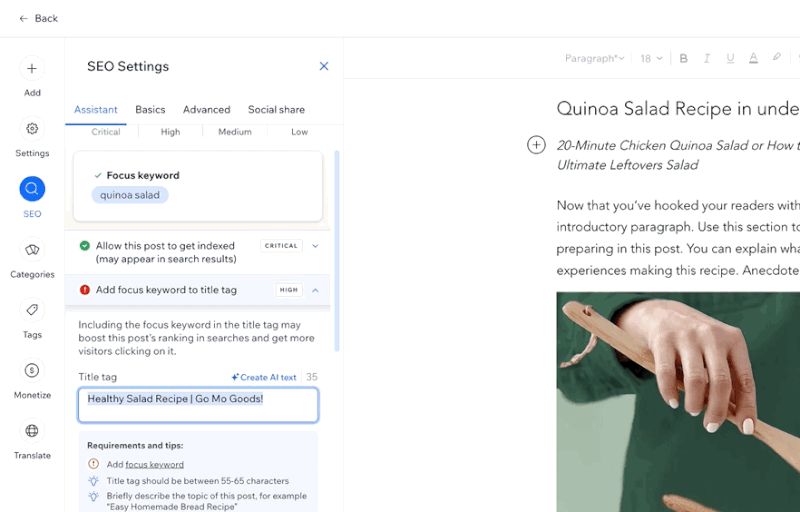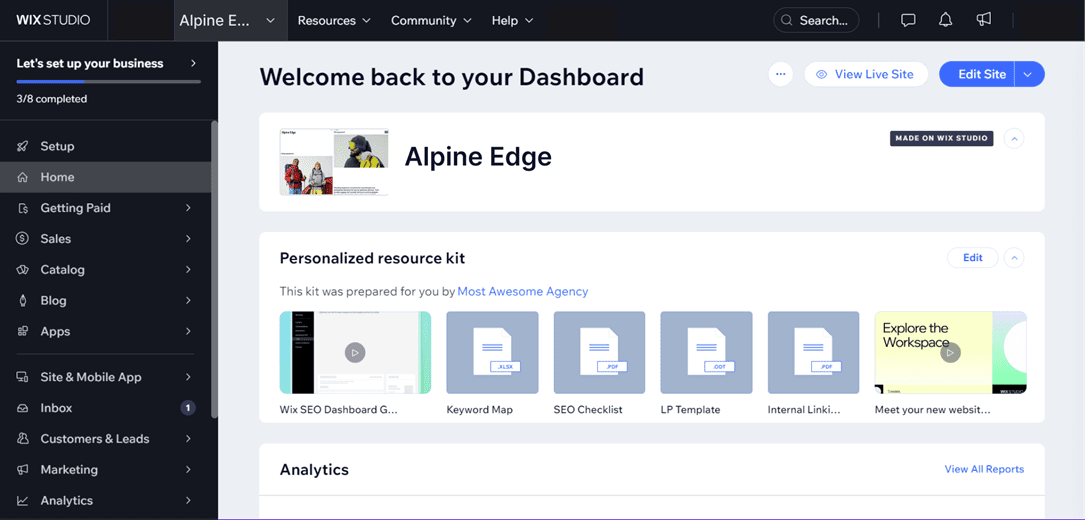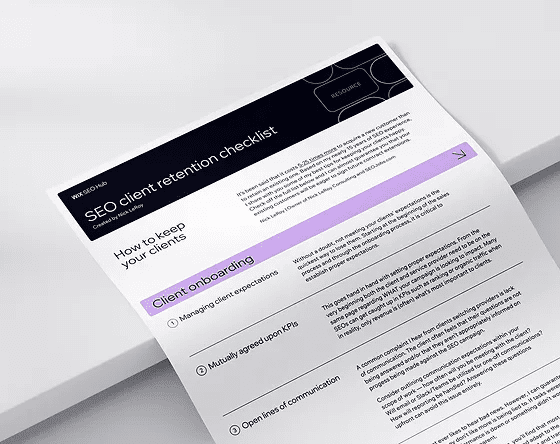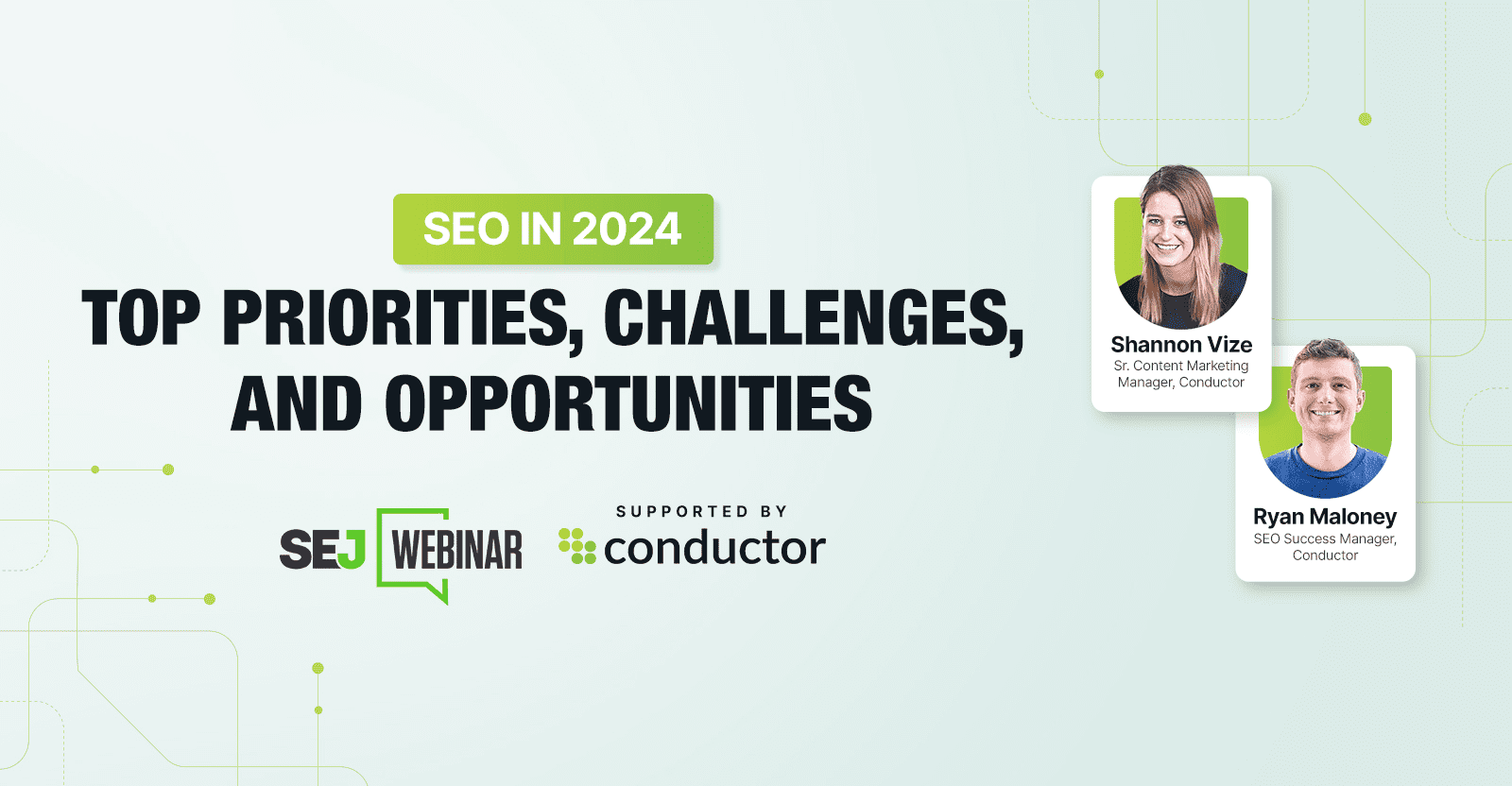Here’s What SEO Experts Have To Say About Leveraging SGE In 2024 via @sejournal, @fiverr
Google Search Generative Experience (SGE) has come a long way since its experimental launch in May 2023.
Starting out by simply generating paraphrased snippets for search engine queries, SGE now offers more comprehensive summaries and source links.
Essentially, Google’s SGE is an interactive generative AI-powered feature that uses existing results to answer search queries.
Think of it as a chatbot — but Google’s organic search results power it.
Every indexed webpage that crosses a search engine results page (SERP) helps teach SGE what it knows.
As exciting (and partly terrifying) as the feature is, you may be trying to understand its true potential to leverage it for your businesses.
How Does Google SGE Work?
SGE offers comprehensive answers to search queries, just like Open AI’s ChatGPT, but SGE cites sources.
To see SGE in action:
- Navigate to Google to begin a search.
- Enter a search query or question into the search bar.
- Watch as multiple search results are written as a conversational response to your question.
Context and more information are added to your result through SGE, especially when compared to the old featured snippets, which only displayed a snippet or sentence without its full context.
 Screenshot from Google for [conversational analytics] using normal search and SGE, February 2024
Screenshot from Google for [conversational analytics] using normal search and SGE, February 2024As you can see, pre-SGE days allowed you to sift through multiple websites, giving each result traffic to their respective webpages.
Now, SGE takes up the space where direct webpage results used to display, meaning that many websites may no longer get the traffic they used to get.
How Will SGE Change How Google Search Works?
As you can imagine, many SEO experts believe SGE will eat into organic traffic from top-of-funnel queries.
There are three key reasons for a potential drop in organic traffic from SERPs:
- Featured snippets only offer one clickable source, while SGE offers many. If you owned the top position, you may now be sharing clicks with multiple sources.
- SGE takes up too much space on the SERPs, pushing the traditional SERP below the fold, resulting in fewer clicks.
- You can ask follow-up questions right, which keeps searchers on the SERP instead of traveling to a site for more information.
That said, there is still potential for pages to get traffic as long as the content answers the query.
SGE Sites Pages That Are Not In The Top 10
There have been many instances where SGE cites pages that don’t rank in the top 10 results — indicating that the data is pooled from a larger sample.
However, you should adapt your strategy as SGE emerges from its experimental phase.
A recent study found that 49% of consumers are interested in AI-powered searches, indicating that AI-generated SERPs are perceived positively.
If Google wants to stay competitive, especially with Bing Search’s hard comeback last year, SGE will eventually be a permanent part of the SERPs.
What SEO Experts Have To Say About SGE’s Impact On Digital Marketing
Many businesses, like yours, rely on Google for their revenue. Whether that’s in the form of ads or organic results, SGE is set to disrupt both of these formats.
How SGE Impacts Organic Traffic
On the organic side, achieving the top 3 positions could lead to lackluster results.
How SGE Impacts PPC
On the advertising end, you might be safe, as Sponsored results appear above SGE.
However, that only pushes organic results even further down.



Some experts believe SGE to be like Featured Snippets but on steroids. Ihor Rudnyk, CEO of Collaborator, explains:
We saw sites that gave simple and fast answers lost some of their traffic. That’s because users receive these answers directly in the SERPs. For example, weather prediction, currency rates, short facts, etc.
Businesses focused on short, easy answers and fast information are in the worst position. I don’t see how you can change it without creating additional value for users. However, it’s easy to predict that the importance of brand awareness and direct traffic will continue to grow.
Additionally, there will be a larger focus on creating pages with depth. It could be in the form of original data, a differentiated view or commentary on trends.
SEO professionals will start to become more quality-focused, and quality will be defined as bringing something new, original or interesting to the debate in contrast to what it is defined as now — being ‘comprehensive’ (code for boringly covering the same stuff the next guy does).
— Patrick Herbert, Director at Singularity Digital
What Can You Do To Leverage SGE For Your Business?
So, how can you prepare to stay relevant on the SERPs as SGE will soon dominate?
Here are a few tips to get you started:
1. Move From Informational To Transactional Content
SGE is the biggest threat to informational content — especially concise content.
Businesses that create thin content optimized for search will suffer. Creating more transactional pages could help you avoid this issue.
Transactional content is more nuanced and requires extensive research, so users will be more likely to dig deeper into product/service websites.
Not only that, but it also allows you to appear in SGE for high-intent search terms, which is the goal for businesses.



2. Monitor Changes In Search Intent Over A Period
Many marketers will soon shift their reliance on traditional keyword metrics like keyword density (KD) and search volume to search intent.
Even with high KD and search volume, ranking for these keywords can be difficult. So, with SGE, it doesn’t make sense to go after such queries unless you’re prepared to write ultimate in-depth guides.
This is why you need to look at search intent first.
Ask yourself:
- Does the topic make sense?
- Can I realistically rank for this topic or at least get credited by SGE?

